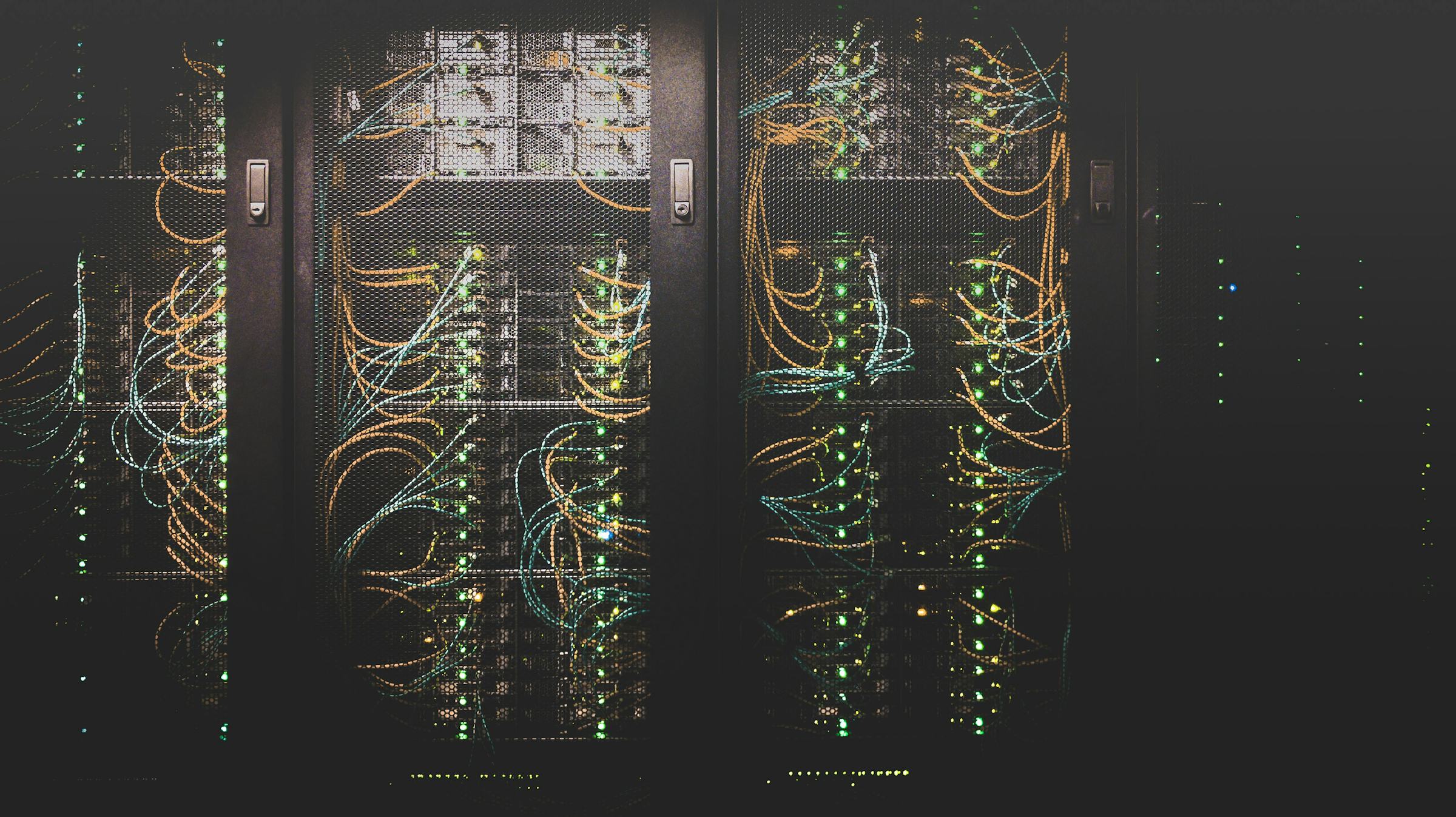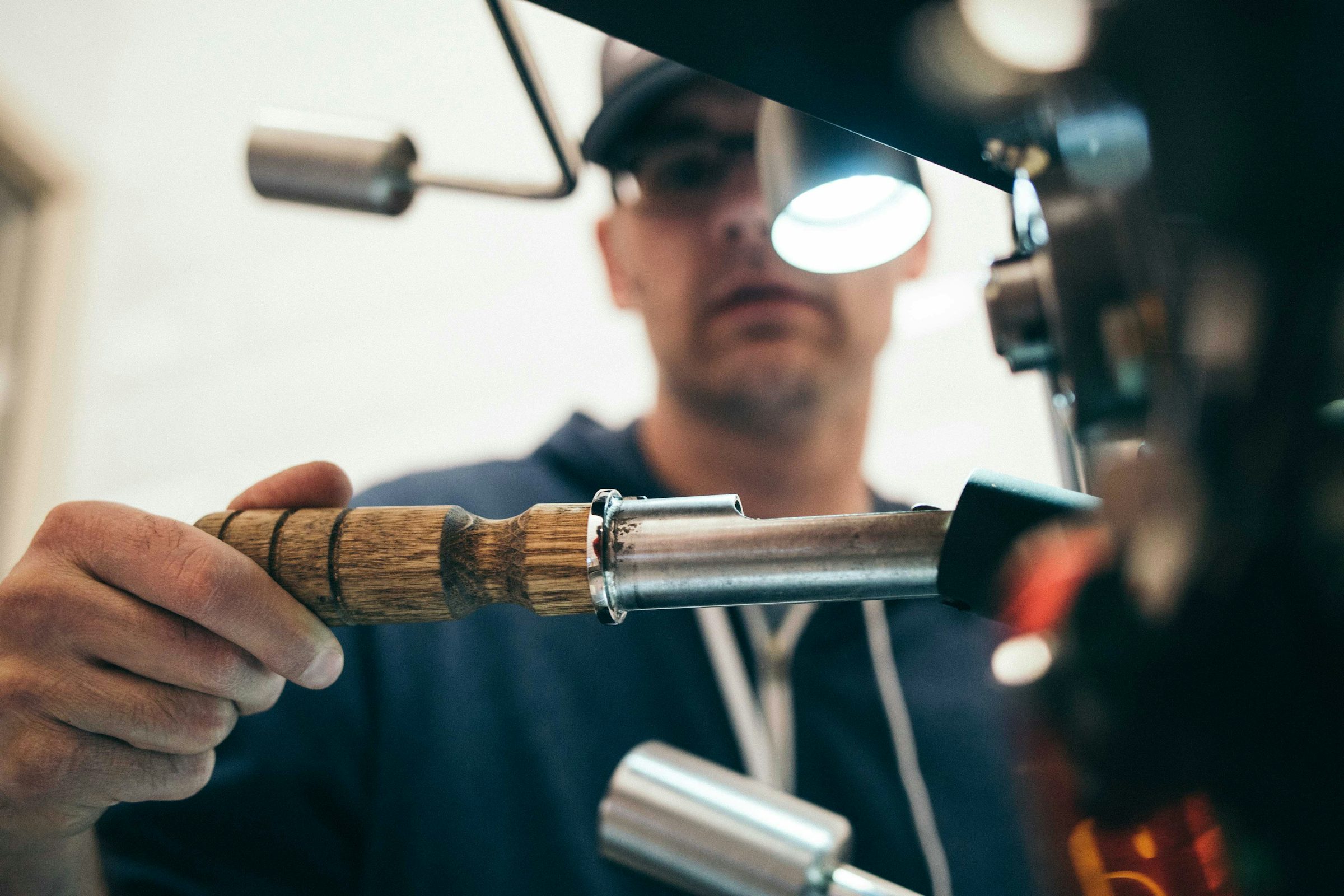
ML engineer: complete hiring guide with job description
Production experience beats research publications when hiring ML engineers. Write job descriptions that attract engineers who ship models, not just train them.

Production experience beats research publications when hiring ML engineers. Write job descriptions that attract engineers who ship models, not just train them.

Relying on a single AI model is like building a bridge with one support beam. When that model fails, your entire operation stops. Smart teams build resilience through model diversity.

Five good knowledge sources often outperform two excellent ones. Multi-source RAG systems succeed through diversity, not individual quality. Integrate multiple sources and build systems users trust.

The market wants NLP engineers who embrace LLMs, not LLM engineers learning NLP backwards. Traditional skills combined with modern tools create the strongest hires.

Coda structural AI integration delivers better business results than Notion surface-level AI features for teams managing real workflows.

Most teams waste thousands on OpenAI API calls without realizing it. Token management, smart caching, and model selection reduce costs significantly while maintaining quality. Learn the patterns that work.

OpenAI Assistants API packs stateful conversations, code execution, and document search into one package. Built production systems with it and found the complexity rarely justifies the cost. With deprecation coming August 2026, here is when it is worth using and when simpler alternatives win for chatbots and automation.

Few-shot prompting handles most use cases better than fine-tuning. The return on investment calculation works in fewer scenarios than vendors admit. Learn when fine-tuning actually delivers value.

Stop treating AI like software to learn from manuals. Start treating it like a language to practice through conversation. The companies winning with AI are the ones building environments where people learn from each other in their daily work, not from lectures and training videos.

Business research used to mean hours of Google searches, manual citation tracking, and hoping you did not miss critical information. Perplexity changes that equation by delivering comprehensive, cited answers in minutes instead of hours, making academic-quality research accessible to mid-size companies.

Most AI consulting firms fail at productization because they try to package their methodology into software. The successful ones do something different - they identify the 20% of solutions that solve 80% of client problems, then build repeatable products around those core patterns instead of their consulting process.

Prompt injection is SQL injection all over again. After finding these vulnerabilities in production systems, here is what every team deploying AI needs to know about this hidden threat.

Building 500+ prompts as living documentation that evolves through use. How systematic organization, version control, and team adoption turn individual tools into organizational assets.

Most teams waste time crafting unique prompts for each task when they could build a library of reusable patterns that work across customer service, data analysis, documentation, and more

Production AI systems fail when prompts are managed informally through Slack messages and shared documents. Teams building reliable AI apply the same engineering discipline to prompts as they do to code - version control, automated testing, code review, staged deployment, and proper rollback procedures. Systematic prompt management prevents 2 AM production incidents.

Automated RAG evaluation metrics do not predict which systems people trust and use daily. Precision scores and faithfulness ratings miss what matters - user behavior and task completion. Here is how to build evaluation frameworks that measure real success in production AI systems.

A RAG system that is 85% accurate but easy to use will beat one that is 95% accurate but frustrating. Here is how to design AI systems that non-technical users actually adopt.

The choice between RAG and fine-tuning is not about which is better. It is about data freshness, team capacity, and whether your knowledge changes daily or yearly.

Most companies over-engineer real-time AI systems by focusing on technical latency instead of user perception. The difference between 50ms and 200ms response time rarely matters to users, but infrastructure complexity differs enormously. Here is how to build streaming AI that feels instant without breaking budget constraints.

Why gradual evolution using hybrid rule-AI systems succeeds where full replacement fails. Most companies approaching rule based to ai migration waste months ripping out working systems when the smart move is running both in parallel.

The scrappy approaches that make AI pilots successful become liabilities at enterprise scale. Here is how to build AI capabilities that work for 50 people, not just 5.

After multiple attempts at autonomous workflows, the pattern is clear - they work brilliantly for decisions, fail miserably for processes. Prerequisites matter more than technology.

The AI consulting market is growing fast, but most new practices fail within a year. The winners are not the ones with the deepest technical expertise. They are the firms that position themselves as business problem solvers who happen to use AI, focusing on outcomes executives actually care about rather than showcasing capabilities.

System prompts are your AI constitution. When multiple teams use AI without governance frameworks, consistency falls apart fast. Learn how to build hierarchical prompt architectures with version control, modular design patterns, and constitutional governance that enables autonomy while maintaining organizational standards.

Mid-size companies cannot win salary wars against Big Tech for AI talent. But undergraduate AI research programs offer something better - fresh perspectives from students tackling real business problems, building talent pipelines, and delivering cost-effective innovation that beats expensive consulting firms.

Choosing between Pinecone, Weaviate, and ChromaDB matters less than you think. Your embedding strategy will make or break performance, not your database choice. Most companies spend weeks comparing databases when their embedding model barely works. Learn why embedding quality determines success and how to actually choose the right vector database for your needs.

The zapier ai vs make comparison everyone is searching for misses the real issue: neither platform was built for intelligent workflows, and the middleware tax will cost you more than building direct.

MBAs need AI strategy skills, not coding. While 74% of employers demand AI fluency, business schools are teaching decision frameworks and prompt engineering - leaving the Python to the engineers.

Process expertise beats deep technical knowledge when hiring AI Operations Managers. Most companies get this backwards, prioritizing ML engineer skills over operational wisdom. Only 1 in 10 AI prototypes reach production - that is an operations problem, not a technology problem.

ChatGPT Enterprise promises transformation but delivers complexity. From Custom GPT maintenance nightmares to quality variance, here is the implementation reality after watching companies deploy, struggle, and sometimes abandon the platform.